Find Your First Gold Nugget
Find Your First Gold Nugget
I realized pretty quickly that the guys who were finding the big nuggets were using a modern metal detectors. Now as the time I was also interested in coins and relics too. I had a fine beginner coin detector, but it struggled in the gold country. I knew better than to try using it in that hot mineralized soil.
With a bit of research I decided that I needed to upgrade my choice of metal detector. I figured there had to be a good detector that I could use for coin hunting that would still work for gold nuggets, and indeed their was.
Head for the Goldfields
Equipped with my new tool, I was ready to hit the goldfields and start popping big nuggets out of the ground! After a few trips I had found some interesting old relics in those dredge tailings, but not a single nugget. In fact some areas were so loaded with trash that it was hard to hunt.
Some places were also covered with lots of dirt, pine needles, and other duff. My detector could hardly punch down through all that stuff. It seemed like a metal detector wasn’t going to work very well there.
Rye Patch is a famous mining district first discovered in the 1930s. The nice thing about Northern Nevada is that its relatively shallow ground. Most of the nuggets there are within a foot of the surface of the ground, so metal detectors are the perfect tool here.
The downside is that Rye Patch has been hammered hard for years, long before I ever started metal detecting. I spent a few days swinging my detector out there, but I didn’t find much. Even trash was hard to find. I decided that this area was played out too.
On my quest for that elusive nugget, I finally headed for the Blue Mountains of Eastern Oregon. This area has plenty of gold, and I thought surely there would be one with my name on it.
Finally… Success!
I didn’t have luck at first. I explored a lot of different areas but kept running into difficulties. Private lands and mining claims had me frustrated. At the time I didn’t know how to research active and abandoned mining claims, so I had trouble finding a place to go.
Finally I stumbled across an isolated little gulley in a little-known mining district. There were some old hard rock mines on the mountain above, and I could see some tell-tale signs of placer diggings in the dry creek bed below.
I fired up my metal detector and wouldn’t you know it… more trash!
I was determined. I kept digging and digging, and although I was certainly getting discouraged I knew that sooner or later I had to find some gold. It just had to happen!
And finally it did. I heard a subtle signal with my detector. I scraped away an inch of pine needles and dirt and swung my coil over that spot again. Now I had a nice, booming target.
Dig, dig, dig. I get the target out of the hole. Just a clod of dirt, I swing it over the coil and get a nice sound. Now the target’s in my hand, so I bust apart the clay and dirt in my hand, and wouldn’t you know it… GOLD!
It was a nice piece, maybe 2 grams or so. I just sat there in awe looking at that piece of gold. I had hunted 3 different states and spent so many long days digging junk for it. It was a prize that I will keep forever.
Why a Gold Specific Detector?
99% of the metal detectors on the market today are not designed of gold prospecting. Yes, they will all detect gold under the right circumstances, but more often than not they are rendered all but useless due to the highly mineralized ground conditions that are found in most goldfields.
These other detectors will generally work fine for detecting relics at old town sites and finding coins at the park, but that is where they belong. Even many of the highest priced coin detectors on the market perform poorly in the goldfields.
Among all of the metal detectors available today, there is a relatively small group of detectors that were designed specifically for gold prospecting, and these are highly recommended if you are serious about metal detecting for gold nuggets.
For a metal detector to be able to reliably find gold nuggets in the areas that they occur, it needs to be able to handle highly mineralized ground and the natural variations in ground conditions that occur in the goldfield. The important point here is to understand that the average detector designed to find coins and relics will probably work very poorly in the goldfields.
Very-Low Frequency (VLF) and Pulse Induction (PI) Metal Detectors
Basically all of the gold detectors that are in use today by successful nugget shooters are either Very-Low Frequency (VLF) or Pulse Induction (PI) technology. Each type has advantages and disadvantages to their design, and therefore many of the most successful prospectors own both types to use them in certain situations.
How VLF detectors work
VLFs are generally a bit more sensitive to small gold nuggets than the PI detectors. Some of the most sensitive models can often find specks of gold that are almost too small to even see! All of the better VLFs for prospecting have some sort of discrimination feature which will indication what type of target is buried in the ground.
The discrimination on metal detectors is never 100% accurate, but in very trashy areas, the discrimination feature can help you decide which targets to dig and which to pass over. Just make sure you aren’t walking overtop of a nugget!
The biggest downside of the VLF detectors is their limited depth. With the exception of the biggest pieces of metal, nugget finds are generally limited to the top 12” of soil, with most of the smaller bits being found in the top 4” or so. Of course there are always exceptions to the rule.
Ground conditions weigh heavily on the ability to detect deeper pieces of gold. In ground that has a high percentage of iron mineralization, VLF detectors can become very noisy and difficult to operate. To get them to work properly in these areas, the sensitivity of the detectors need to be turned down considerably, which limits overall depth.
How PI detectors work
There are two huge advantages that the PI detectors have over the VLF type detectors. First, they are amazing at finding deeply buried targets, even in very iron rich ground. It is not uncommon for detectorists to find good sized nuggets at up to 2 feet in depth, and smaller pieces can often be found in the 12” range.
The other advantage of the PI detectors is how well they can cancel out ground noises, even in the most mineralized ground. They can maintain a smooth threshold sound in some areas that a VLF detector will chatter uncontrollably.
The PI detectors do have a couple disadvantages when compared to VLF detectors. One of the main differences is their ability to find small gold. They are just not quite as sensitive as the better VLF gold detectors, and will pass over some small pieces of gold that the VLF’s will scream on.
There are also some types of very porous gold that the will also miss as well. While not common, there are actually some very large “sponge-like” gold specimens out there that are undetectable by PI detectors.
The other disadvantage of the PI detectors is their discrimination features. While they do have discrimination, it is generally considered to be fairly unreliable, and most detectorists that use PI’s learn to identify the tones of the machine rather than depend on the discrimination feature to determine which targets to dig.
When in doubt, dig it all! The best way to learn what your detector is telling you is to listen to the sound and then dig it out of the ground. Eventually, you will learn to separate the “good” sounds from the “bad” sounds.
Cost Considerations when Buying a Gold Detector
When it comes to metal detecting for gold nuggets, the multi-purpose detector used by the average detectorist is generally not a good choice. Often companies that make metal detectors will advertise that their detector can find relics, coins, gold, precious metals, gold nuggets, jewelry, etc., and yes, it most likely can find all of those things under ideal circumstance. The problem is that gold country is far from what would be considered ideal circumstances.
The same can be said for most cheap metal detectors on the market today. There are an amazing amount of detectors on the market made in China and other foreign countries for amazingly cheap prices.
Again, they will often advertise that they can find gold and precious metals, which is not untrue (assuming they work at all). But rest assured that most of these detectors will be all but worthless in gold country.
Understanding this will save you a lot of trouble and headaches. Trying to save money by buying a cheap multi-purpose detector will only result in frustration, and you won’t be happy with it. It happens time and time again.
Of course you should always use your best judgment when buying used equipment, but there are definitely deals out there. I have seen some older models (but still proven gold producers) sell for as little as a few hundred dollars.
Now that you have a better understanding of the different types of metal detector technology, you are probably interested in some specific detectors that work well for gold prospecting.
Right now is actually a great time to be a prospector! Gold prices are high right now and the newer detectors that have come on the market in recent years have really improved from the older models. Many areas that were once considered “mined out” are now producing gold nuggets again because of these new detectors.

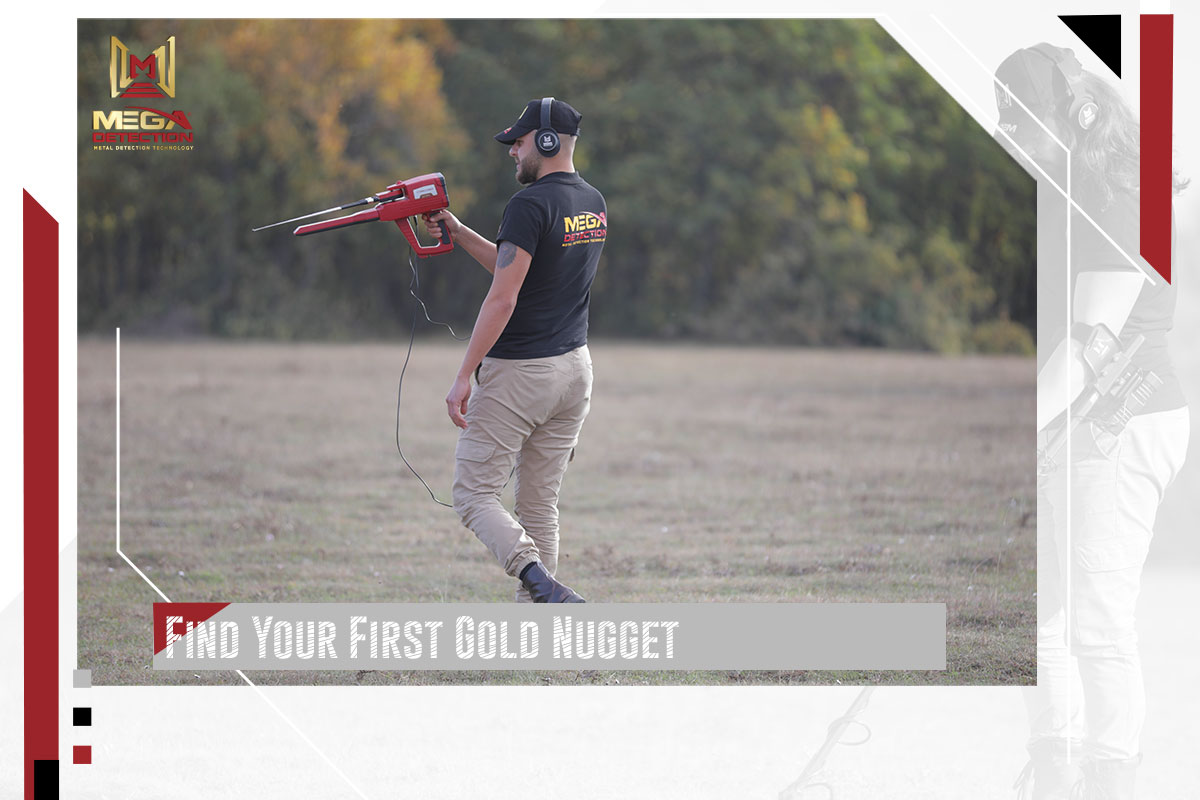

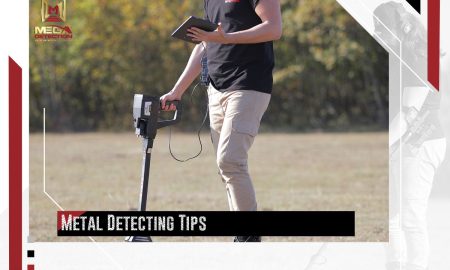

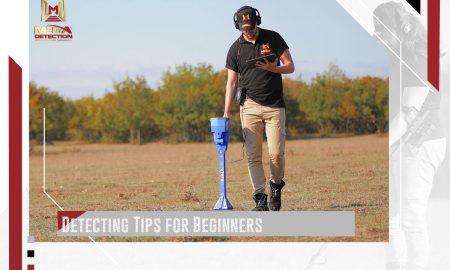
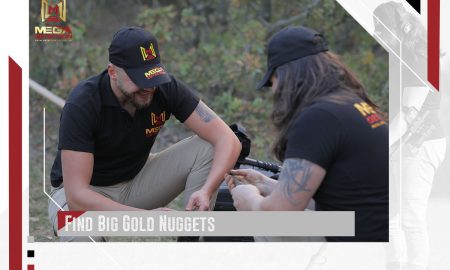




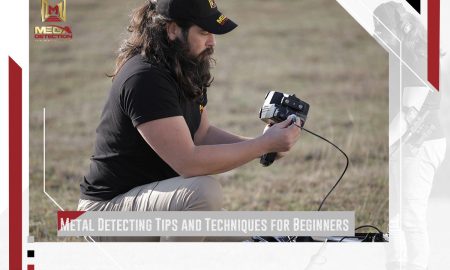
Leave a Reply